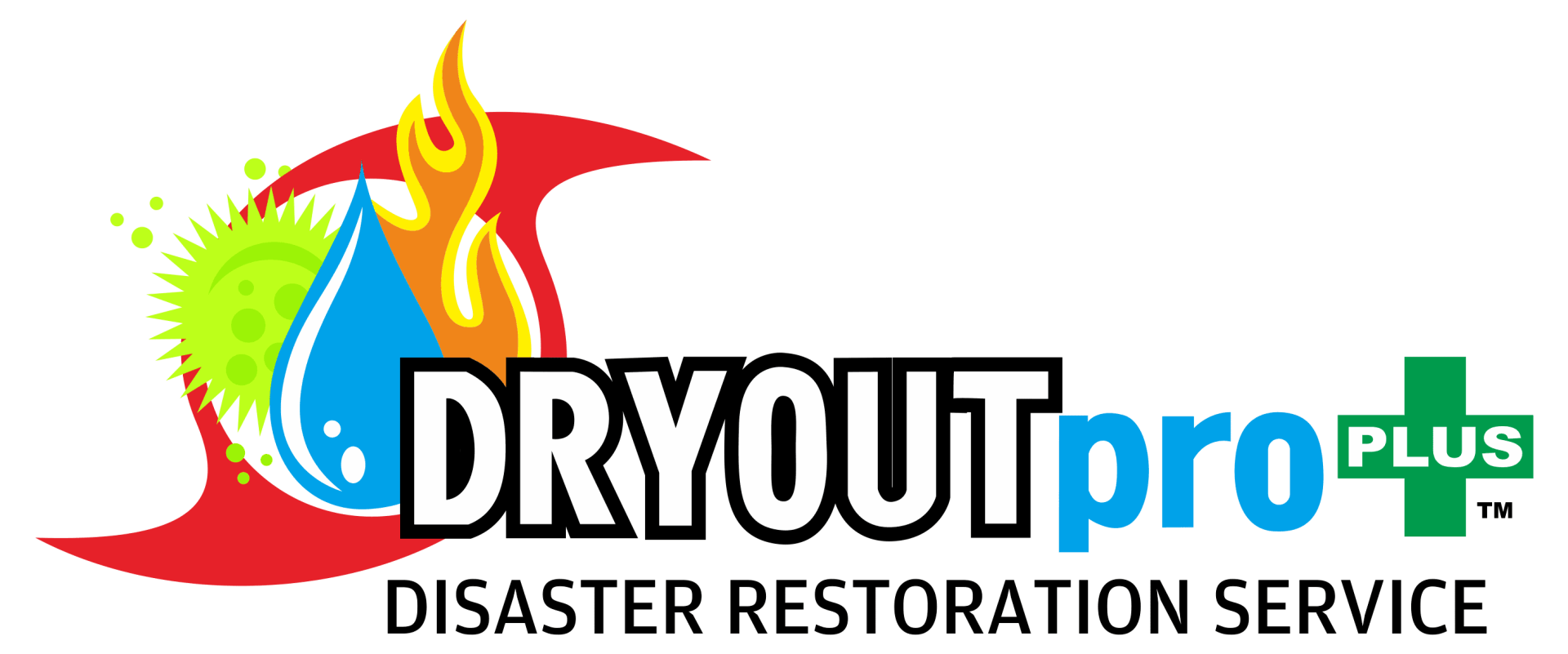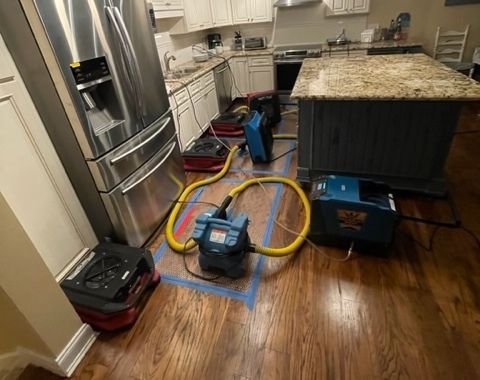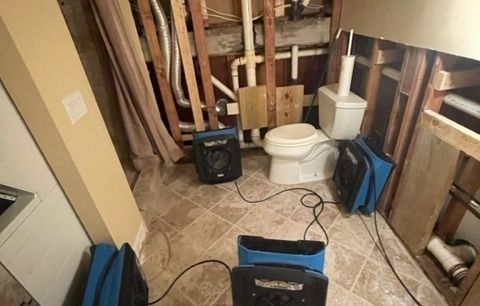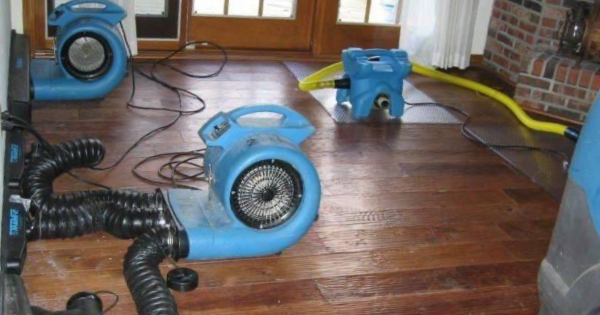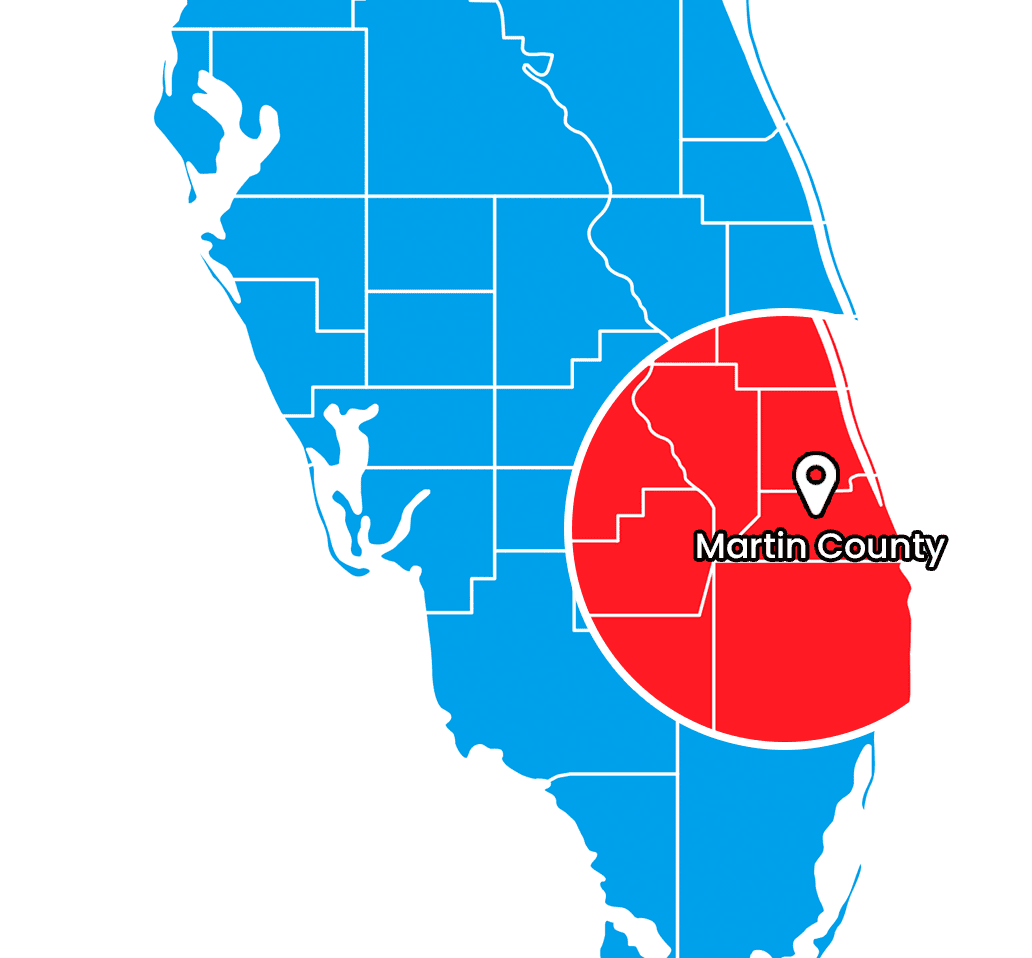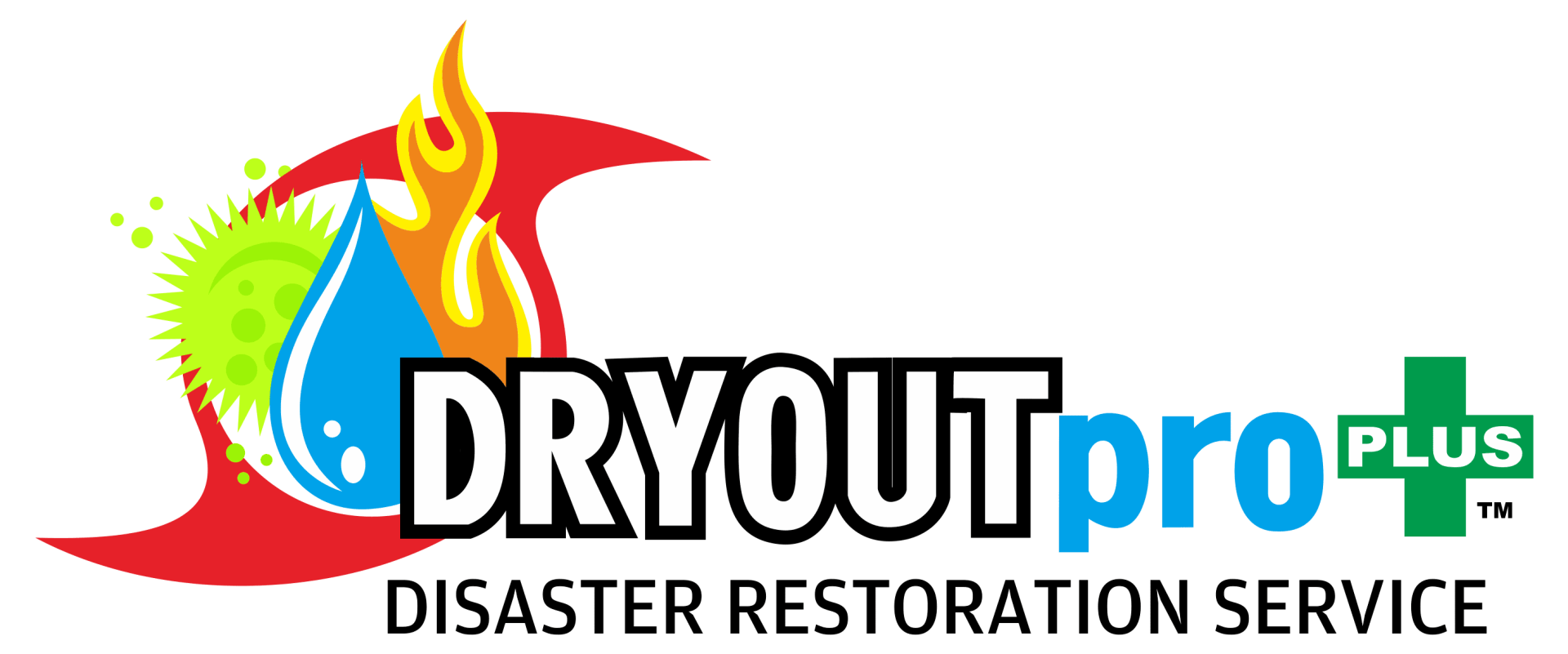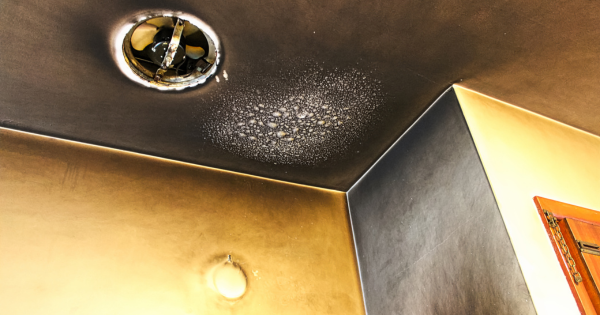
What Does Smoke Damage Look Like After a House Fire?
February 5, 2024
If you've ever experienced a house fire, you know that the aftermath can be overwhelming. The flames may be extinguished, but the consequences linger in the form of smoke damage. In this blog post, we'll explore the various aspects of smoke damage - what it looks like, its types, and whether it can be removed. Before we get into the nitty-gritty, if you find yourself dealing with this situation, Port St Lucie water damage restoration services can be of help!
What Is Smoke Damage?
Before delving into the visual aspects, it's essential to understand what smoke damage truly is. Smoke damage occurs when the byproducts of incomplete combustion - such as soot, ash, and volatile compounds - are carried by smoke and settle on surfaces within a structure. These byproducts are not only visually intrusive but can also pose health risks and compromise the structural integrity of a building.
Additionally, smoke damage is characterized by the formation of acidic compounds during combustion, which, when deposited on surfaces, can lead to corrosive deterioration over time.
During a fire, different materials burn, producing a variety of residues. These residues mix with the air and are carried throughout the building by the movement of smoke. The result is a pervasive, often hidden, layer of damage that extends far beyond the immediate fire-damaged areas.
What Does Smoke Damage Look Like? Understanding Smoke Damage
Smoke damage goes beyond what meets the eye. It's not just about the visible soot on walls; it extends to hidden corners and surfaces. When a fire occurs, smoke particles mix with the air, infiltrating every nook and cranny of your home. This pervasive nature of smoke is what makes its effects so challenging to mitigate.
It manifests in various ways, leaving its mark on both the structure and contents of a home. It's essential to recognize the signs early on to help with effective remediation.
- Visible Stains: Smoke damage often leaves behind visible stains on walls and ceilings. These stains are typically discolored and may vary in intensity based on the type of materials burned during the fire. They can be yellowish, brown, or even black, depending on the severity of the smoke exposure.
- Pervasive Odor: One unmistakable sign of smoke damage is the lingering, pervasive odor. This distinctive smell can permeate walls, furniture, and personal belongings. Even after the visible signs are addressed, the odor may persist, necessitating specialized treatments to eliminate it completely.
- Residue on Surfaces: The microscopic particles in smoke settle on surfaces, forming a sticky residue known as soot. Soot can accumulate on various items, including furniture, appliances, and even inside ventilation systems. It's important to address soot promptly, as it can cause further damage if left unchecked.
- Damage to Personal Belongings: Smoke damage doesn't discriminate - it can affect everything from clothing and bedding to electronics and furniture. Assess your belongings carefully; even items seemingly untouched by flames may harbor hidden smoke damage.
Each of these signs requires different measures for removing the damage caused by smoke on different surfaces. Addressing visible stains on walls may involve a different approach than dealing with residue on furniture or odor permeating personal belongings.
Types of Smoke Damage
Not all smoke damage is the same. Understanding the different types helps in determining the appropriate restoration methods. The most common types of smoke damage are the ones listed below.
- Wet Smoke Damage:
This type of smoke damage results from slow-burning, low-heat fires. It produces a sticky and smeary residue, making it challenging to clean. The affected areas often have a pungent odor.
- Dry Smoke Damage:
Fast-burning, high-temperature fires lead to dry smoke damage. The residue left behind is powdery and easier to clean compared to wet smoke damage. However, the heat from the fire may cause more structural damage.
- Protein Residue:
Often unnoticed, protein residue is left behind by kitchen fires. It has a strong odor and can discolor surfaces. Cleaning this type of residue requires specific techniques.
Recognizing the type of smoke damage is essential for effective restoration. Different methods are employed based on the characteristics of the smoke residue left behind.
Not all smoke damage is created equal, and a nuanced understanding of its various types is important for implementing the right restoration strategies. Each type presents unique challenges, and recognizing these distinctions is key to restoring your home.
Can Smoke Damage Be Removed?
The good news is that you can take some measures to handle this situation.
- Ventilation: Begin by ventilating the affected areas to allow fresh air circulation.
- Surface Wiping: Wipe down surfaces with a mixture of water and white vinegar to counteract lingering odors.
- Stain Removal: For visible stains, apply a mixture of baking soda and water gently on the affected areas.
- Air Purifiers: Consider using air purifiers to help remove particles from the air.
It's essential to realize that these are preliminary measures. For a thorough and effective removal of smoke damage, seeking professional restoration services is highly recommended. However, it's crucial to act quickly to prevent further harm to your property.
Seeking Help from Professionals
Professional restoration services play a key role in smoke damage removal. They use specialized cleaning agents, equipment, and techniques to ensure thorough cleanup. Additionally, addressing lingering odors is an integral part of the restoration process.
In Port St. Lucie,
water damage restoration experts often collaborate with smoke damage restoration professionals. What is more, it is most likely you will encounter a water damage restoration company like DRYOUTpro PLUS, INC. that handles smoke damage too. Our team ensures a comprehensive approach, addressing both water and smoke-related issues.
Contact Our DRYOUTpro PLUS, INC at (772) 288-4222!
Understanding what smoke damage looks like after a house fire is the first step towards restoration. Whether it's wet, dry, or protein residue, each type requires a tailored approach for effective cleanup. For those in Port St. Lucie, dealing with smoke damage challenges, seeking professional assistance is the key to restoring your home to its pre-fire condition. Remember, acting quickly is crucial in minimizing the long-term impact of smoke damage. Do not wait, call us at (772) 288-4222 and our team at
DRYOUTpro PLUS, INC will efficiently handle water or smoke damage for you!
